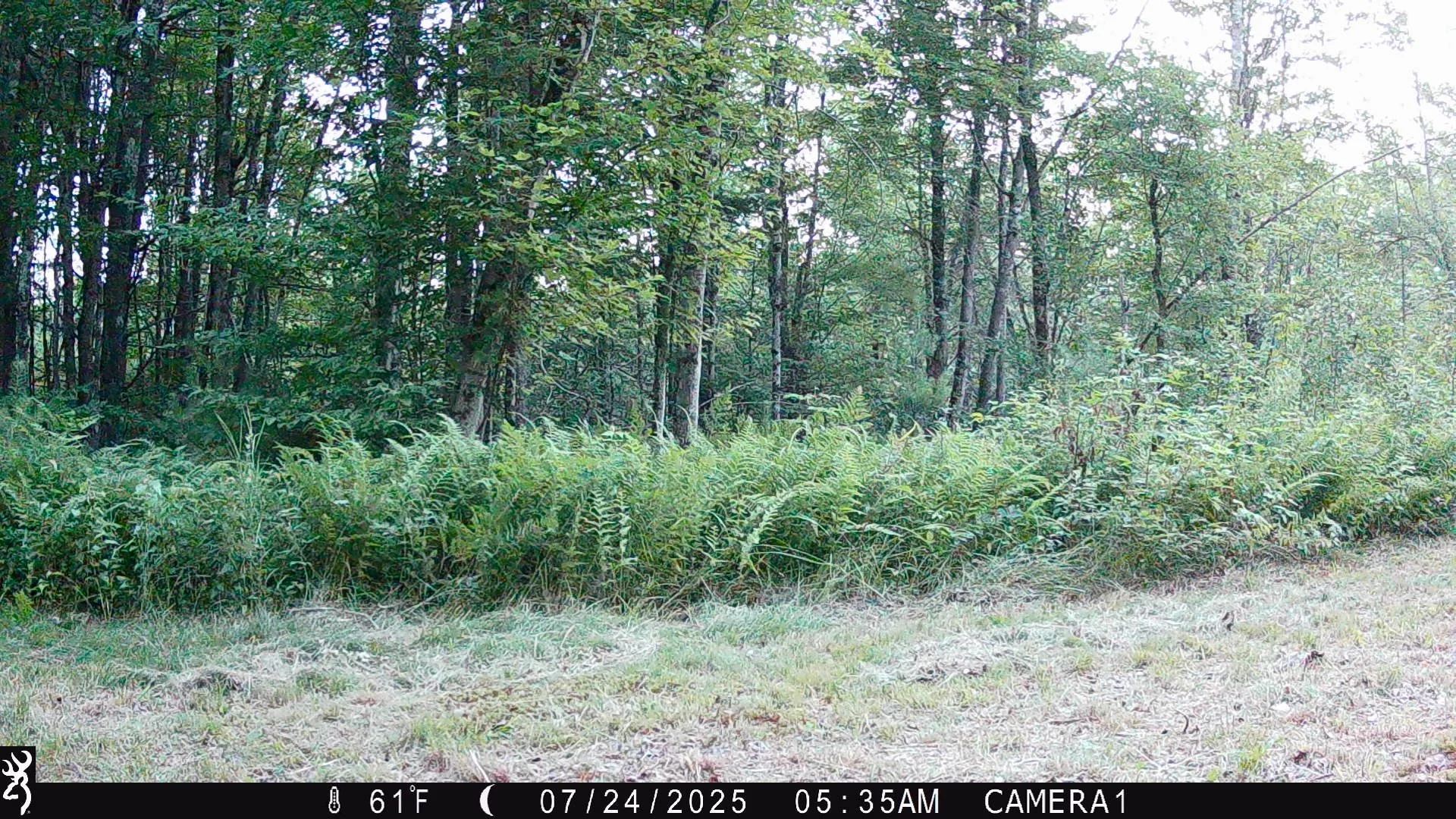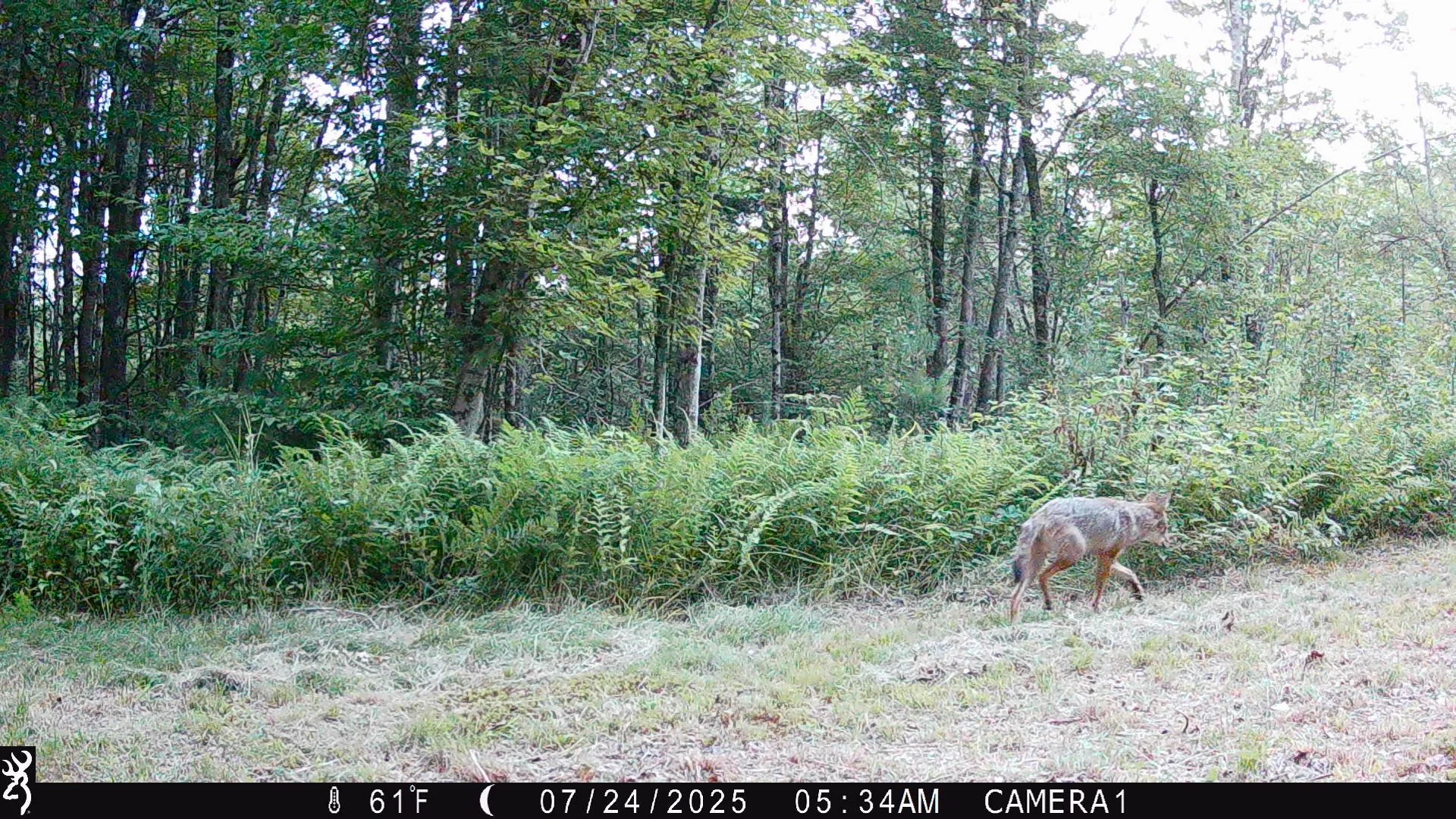What Does It Mean When We Don’t See an Animal?
Understanding Detection vs. Non-Detection in Snapshot NY
When you check your trail camera and find a deer or fox staring back at you, it’s exciting and scientifically valuable. But what about all those nights where nothing walks by the lens?
In wildlife research, both are important. Snapshot NY uses something called detection/non-detection data to better understand which species are using different habitats across New York State.
Let’s break down what that means.
Detection = “We Saw It!”
A detection happens any time a trail camera captures a species in a photo or video.
Example:
A bobcat appears at 2:14 AM — that’s a detection!
Each detection helps scientists answer questions like:
Where are bobcats found in New York?
How often do they show up in different habitats?
Are sightings increasing or decreasing over time?
Non-Detection = “We Didn’t See It… This Time”
A non-detection doesn’t mean a species isn’t there, just that the camera didn’t record it during that sampling period.
Maybe:
The animal walked just outside the camera’s view
It came by when the batteries were dead
It was using another part of the habitat that night
In science, absence of evidence is not evidence of absence, but it’s still incredibly useful data!
Why Non-Detections Matter
When you combine detections + non-detections from many locations, patterns start to appear.
This is where occupancy modeling comes in. A statistical approach that helps estimate:
✅ Where a species likely does occur
❌ Where it likely doesn’t
📈 How environmental variables (like forests, farms, wetlands) shape habitat use
🔁 How those patterns shift over time
Even if your camera never sees a coyote, that information helps us understand coyote distribution across NY.
What This Means for Snapshot NY Volunteers
Every time you:
✔️ Set your camera
✔️ Share your photos
✔️ Log deployment dates
✔️ Submit full datasets
you’re helping build a stronger picture of wildlife across the state.
Even your blank images matter.
They’re a crucial piece of the puzzle.
How Can You Help Boost Detection?
A few quick tips that improve both data quality and wildlife sightings:
Aim cameras at animal travel routes like trails, habitat edges, and water features
Provide a wide view for your trail camera
Keep vegetation trimmed to prevent false triggers
Check batteries and SD cards regularly
Each adjustment increases the chance of capturing those exciting detections and makes our science more robust.
Thank You for Being Part of This Project!
Snapshot NY only works because of volunteers like you who care about wildlife and want to help protect it.
Every detection and every non-detection brings us closer to understanding the incredible animals we share New York with.
📥 Have a favorite species you’re hoping to detect this fall?
Drop a comment and tell us — we’re watching right along with you!


